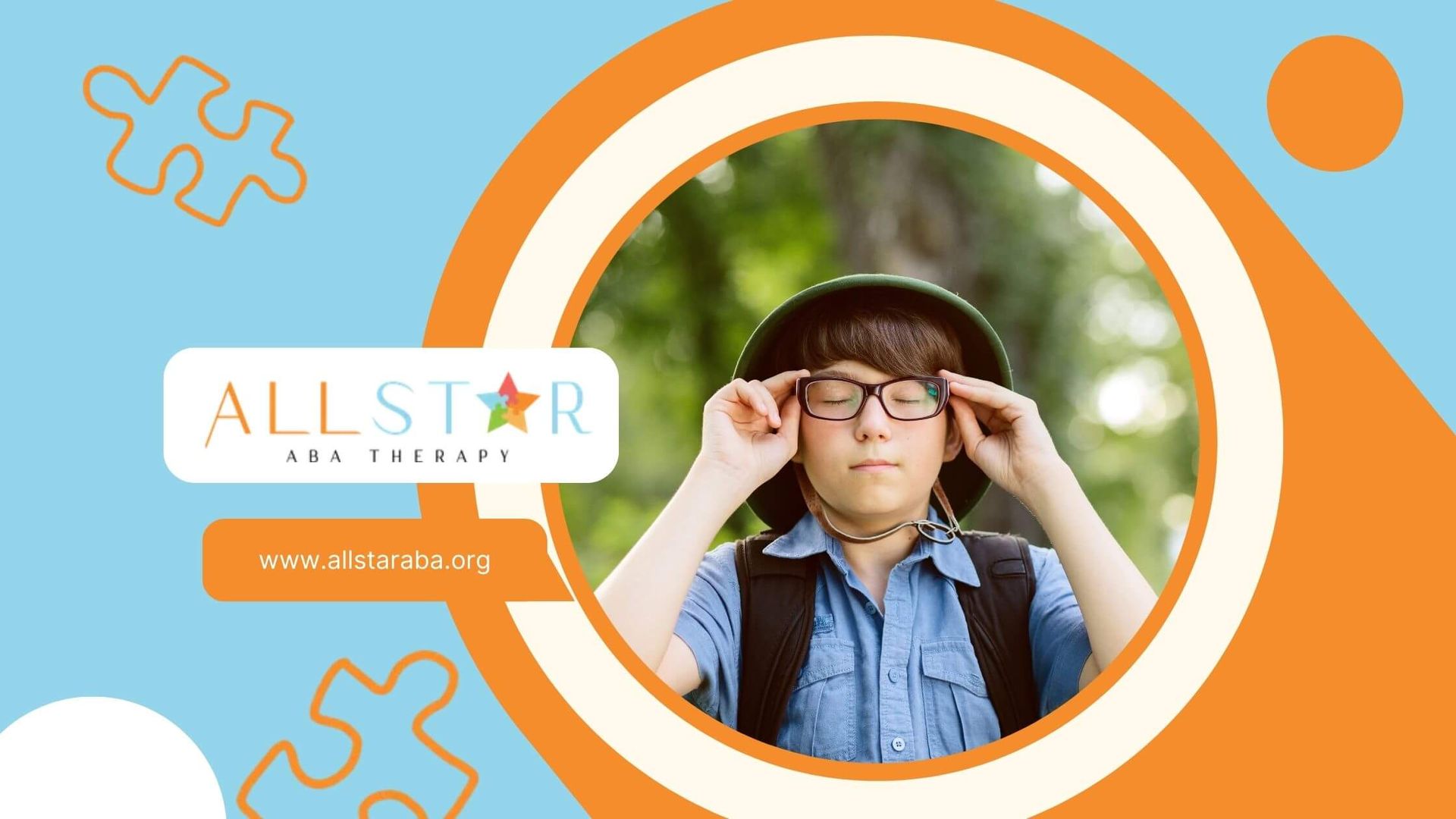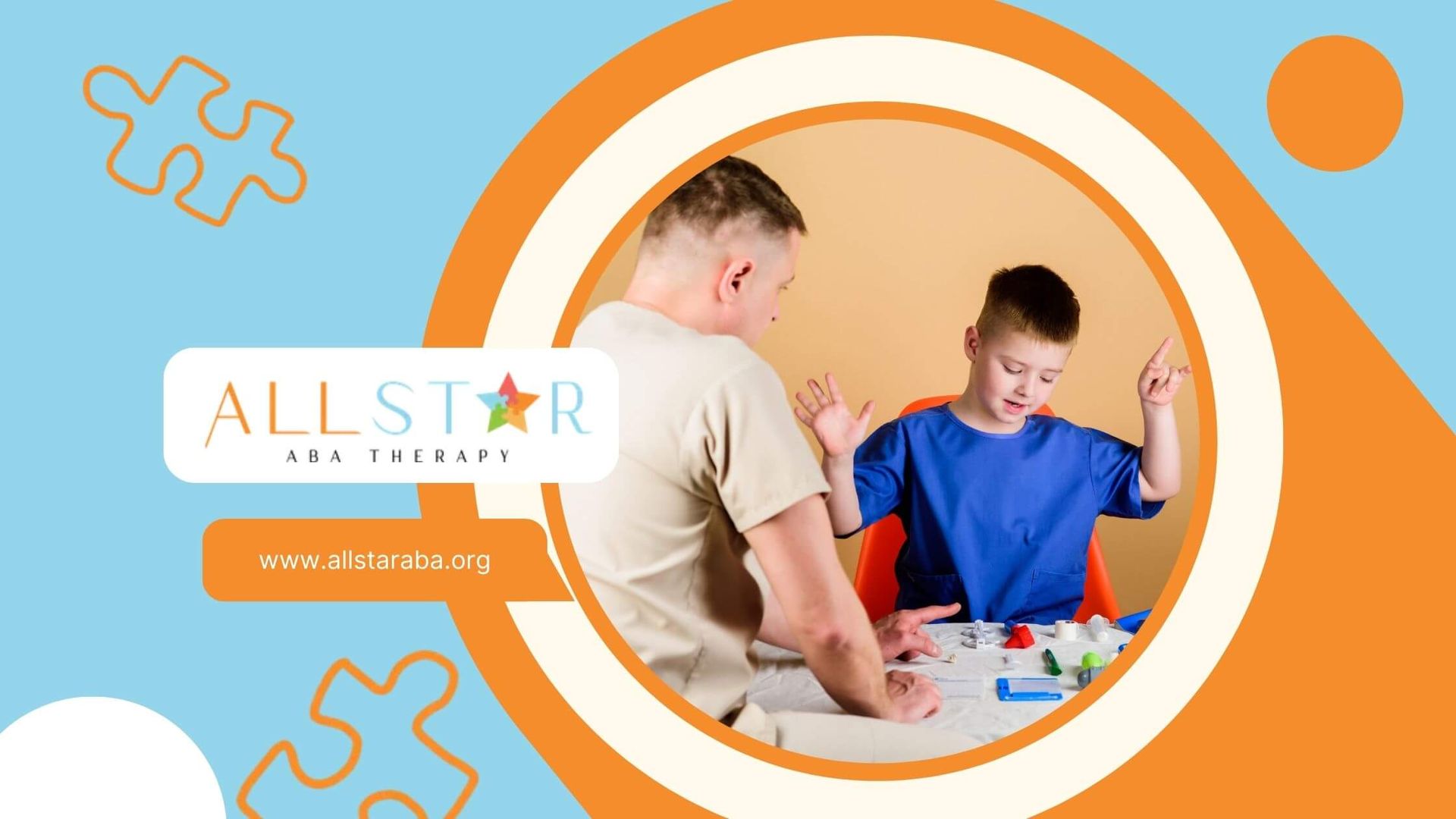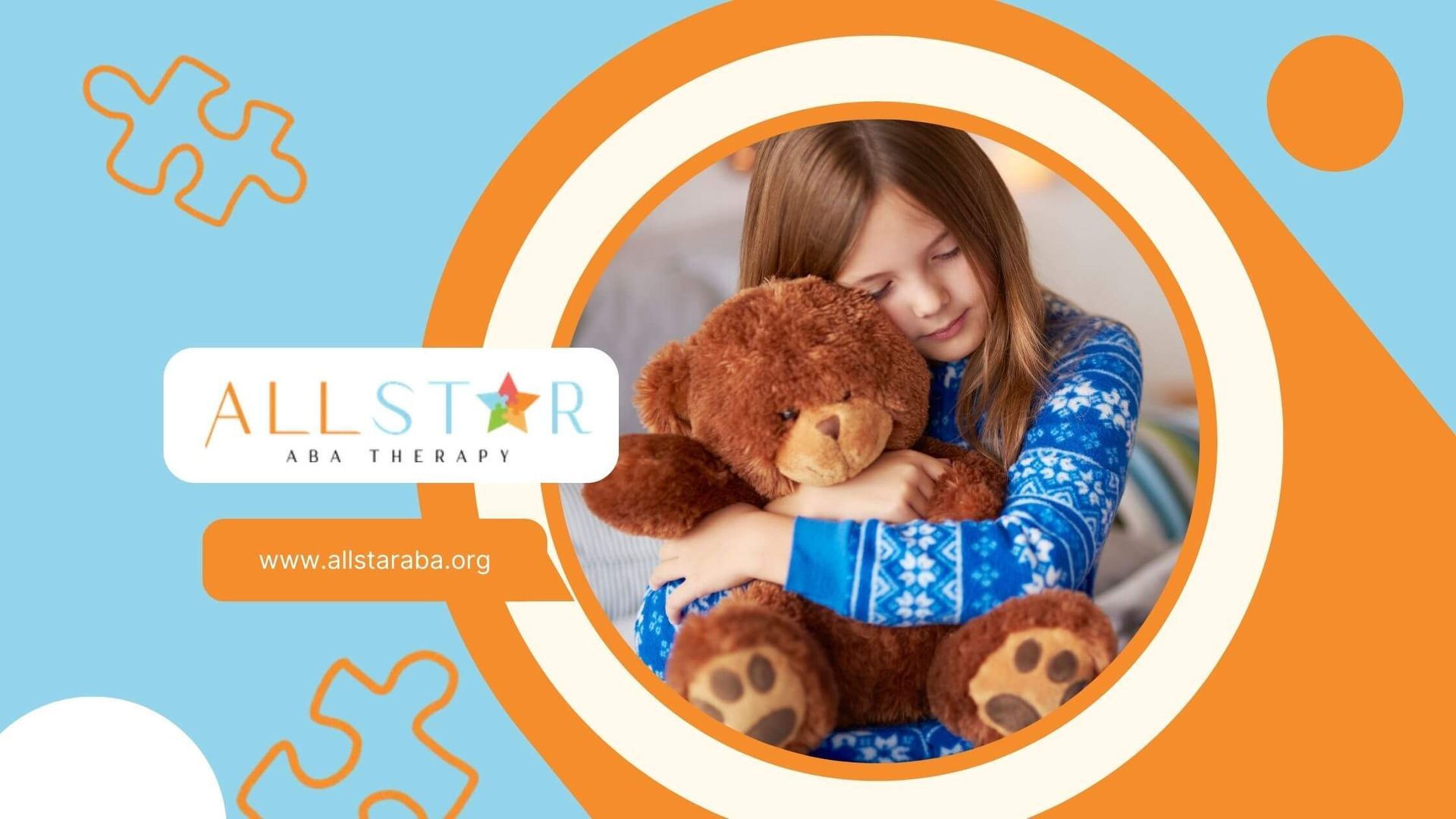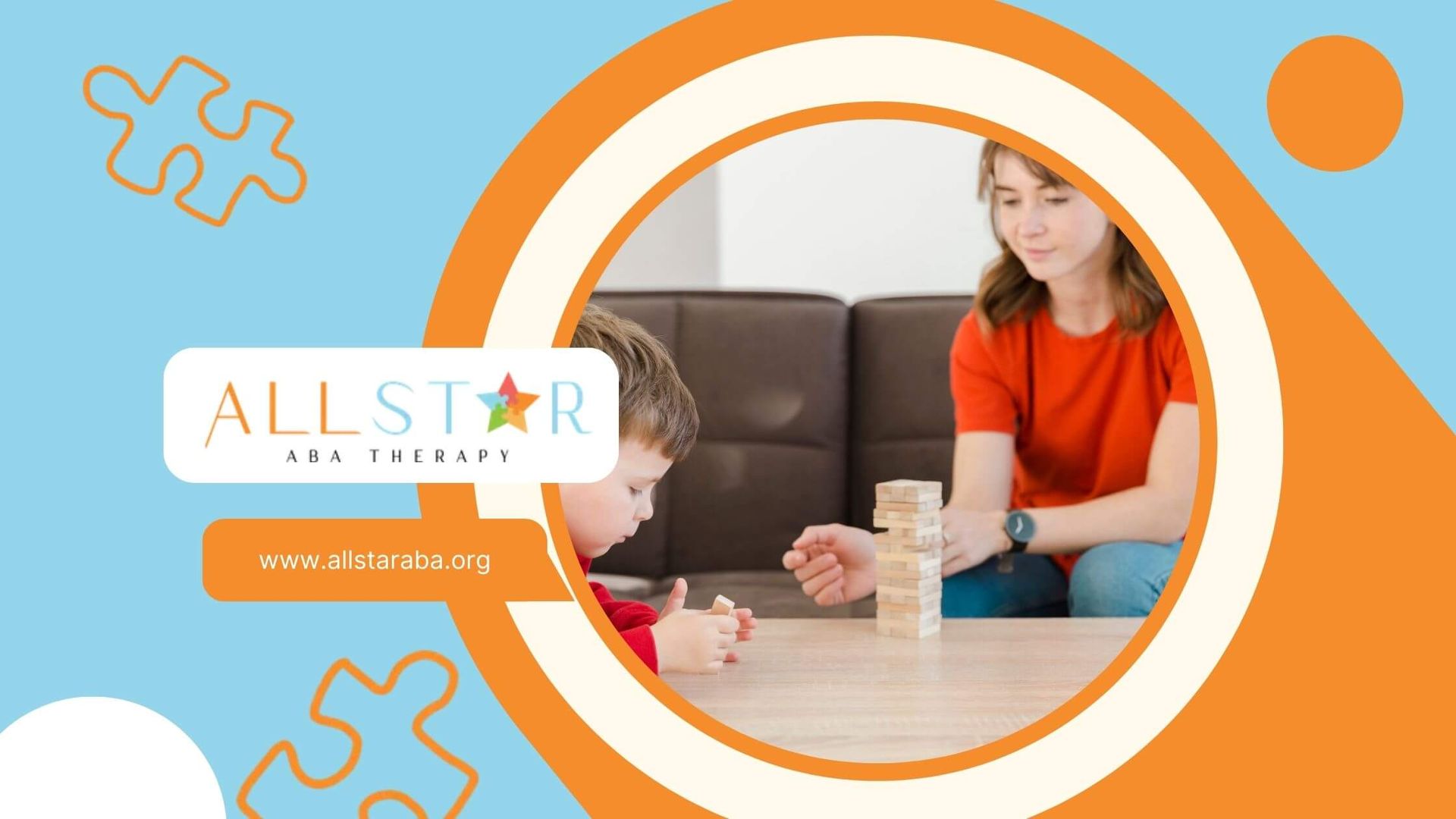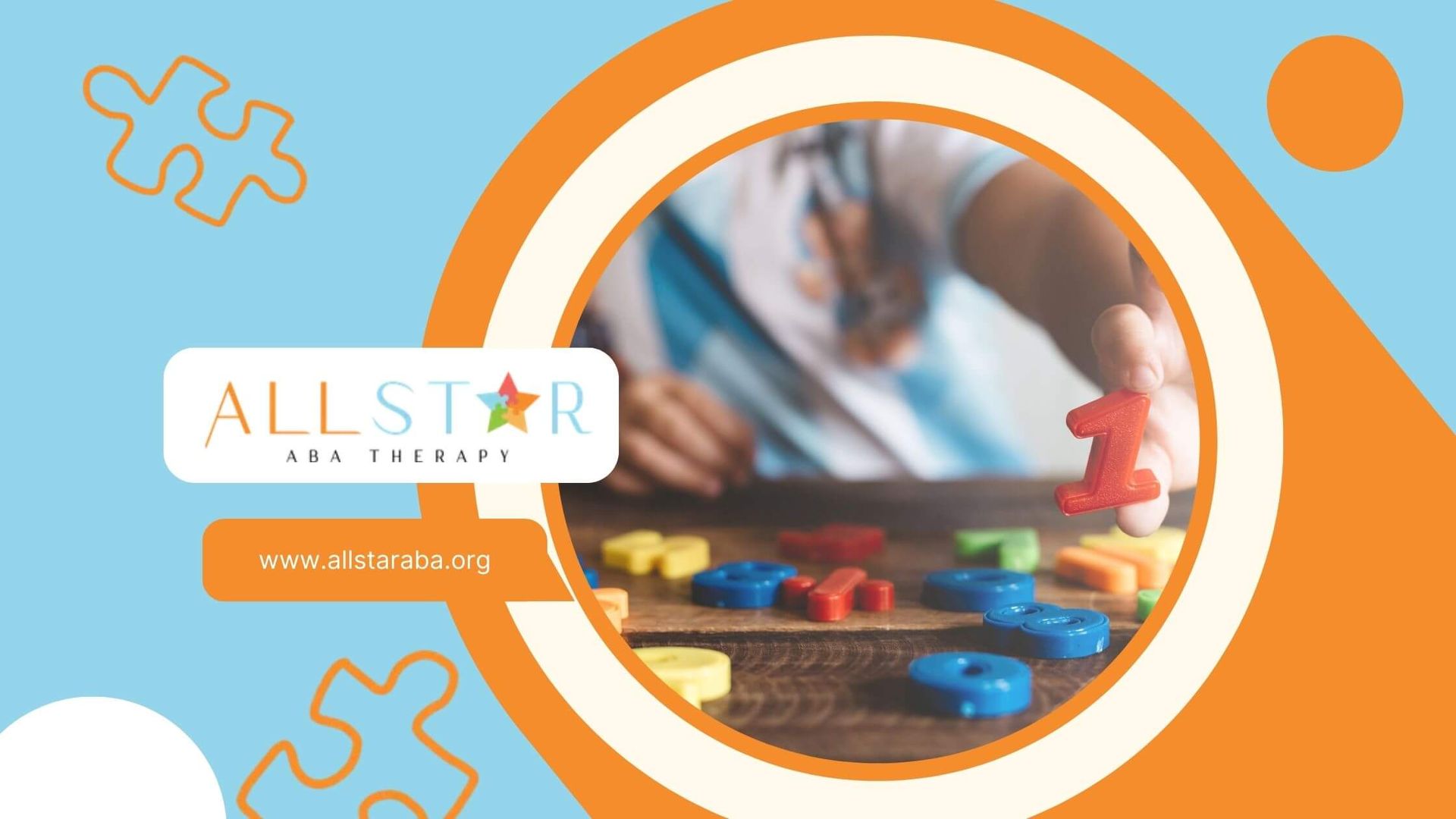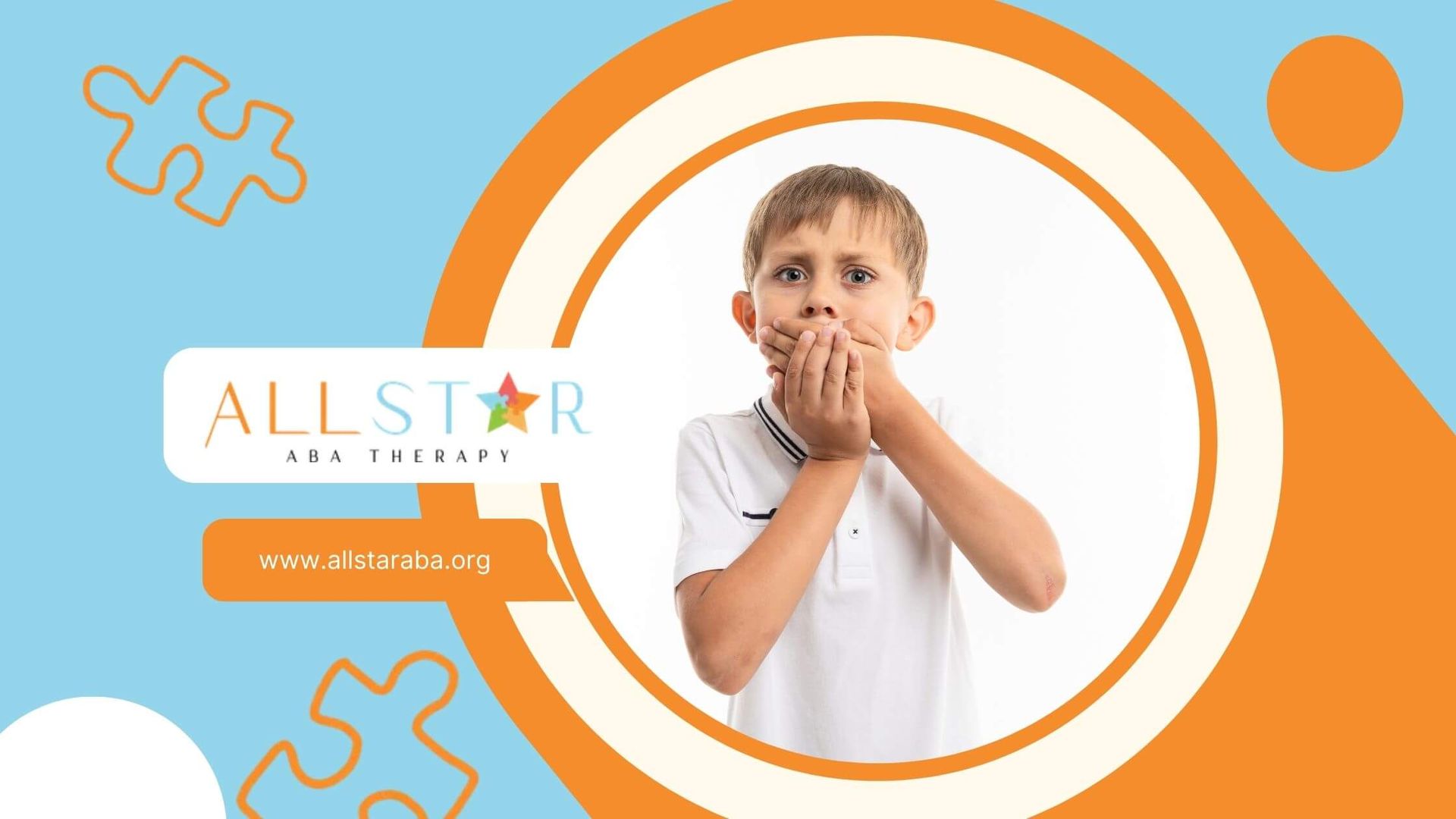New Paragraph
The Healing Touch of an Autistic Hug
This blog gently explores the world of autistic hugs and the unique role affection plays in the lives of autistic individuals. We'll examine why hugs can be so powerful for those on the autism spectrum, delving into the science behind sensory needs and how to approach hugging with sensitivity and respect.
Understanding the Significance of Hugs in Autism
Hugs are universally recognized as symbols of warmth, love, and comfort. However, for individuals on the autism spectrum, hugs can hold an even deeper significance. Autistic people often experience the world with heightened sensory sensitivities, and physical touch can be either deeply soothing or intensely overwhelming.
Understanding this sensory aspect is critical to appreciating why hugs can be so powerful within the autistic community. Let's explore further how physical touch intertwines with emotional communication.
The Role of Physical Touch in Emotional Communication
Physical contact, including hugs, plays a crucial role in emotional communication, especially for autistic people who might find traditional social interactions challenging. While many people express emotions through facial expressions or verbal cues, autistic individuals may rely more heavily on tactile experiences to connect and communicate.
For some autistic people, a hug can be a more direct and unambiguous way to convey or receive affection. The physical pressure and warmth of a hug can be grounding and reassuring, particularly during moments of stress or sensory overload.
This connection between physical touch and emotional expression is a key aspect of understanding the importance of hugs in autism.
How Hugs Can Serve as Non-verbal Communication for Autistic Individuals
Hugs offer autistic individuals a powerful tool for non-verbal communication, bridging the gap in social interactions where verbal expression can be difficult. Imagine a child struggling to articulate their excitement or joy—a hug can instantly convey those emotions without the need for words.
For autistic individuals still developing social skills, a hug can be a clear and immediate way to signal friendship, comfort, or support. This non-verbal form of communication can be particularly valuable in situations where understanding social cues or interpreting body language might pose a challenge.
As we delve deeper into the sensory world of autism, the significance of hugs becomes even clearer.
The Science Behind Sensory Needs and Autism
To truly understand the impact of hugs, it's essential to consider the sensory processing differences that often accompany autism. Sensory input, including touch, is experienced differently by those on the autism spectrum. What feels comforting to one person might feel overwhelming to another.
Within this context, we can start to appreciate why deep pressure, such as that provided by a hug, can be incredibly soothing for some autistic individuals.
Why Deep Pressure May Be Comforting
Deep pressure, like the sensation of a firm hug, can have a calming and organizing effect on the nervous system, especially for individuals with sensory processing differences. Think about the feeling of being swaddled as a baby or the calming weight of a heavy blanket.
This type of sensory input activates specific receptors in the body that release calming neurotransmitters, promoting a sense of relaxation and security. For autistic people who experience sensory overload or anxiety, deep pressure can offer a much-needed sense of grounding and comfort.
It's like providing the nervous system with a gentle, reassuring signal, helping to regulate sensory input and reduce feelings of being overwhelmed.
Sensory Processing Differences in Autistic Individuals
It's important to remember that sensory processing in autistic individuals can vary widely. While some may find deep pressure comforting, others might prefer lighter touch or specific types of hugs. There's no one-size-fits-all approach when it comes to physical affection.
Just as some people prefer a gentle squeeze to a bear hug, autistic individuals may have preferences for the duration, pressure, or even the positioning of a hug. Recognizing and respecting these differences is essential for fostering positive and comfortable experiences.
Understanding these nuances can make a significant difference in how autistic individuals experience physical affection.
How to Approach Hugging an Autistic Child or Adult
Approaching an autistic child or adult for a hug requires sensitivity and a willingness to prioritize their comfort and consent. Remember, what might feel like a natural expression of affection to you could be perceived very differently by someone with heightened sensory sensitivities.
Open communication, observation, and a deep respect for personal boundaries are vital when navigating physical touch in any relationship, but especially when interacting with someone on the autism spectrum.
Recognizing Comfort Levels and Consent
Before offering a hug, it's crucial to pay attention to the autistic child or adult's comfort levels. Are they initiating physical contact or leaning away? Do they seem relaxed or tense? Autistic kids, in particular, may need extra guidance in recognizing and expressing their comfort levels with physical affection.
Always ask for consent before giving a hug, even if you've hugged them before. You can say something like, "Would you like a hug?" or "Can I give you a hug?" Respect their answer, even if it's "no."
By respecting their boundaries and being attentive to their cues, you establish trust and create a safe space for them to engage in physical touch at their own pace.
Tips for Introducing Physical Affection
If you're unsure about an autistic person's comfort level with hugs, consider starting with less intense forms of physical affection.
- Offer a high five, fist bump, or a gentle pat on the back.
- If they're open to it, you could try holding hands or sitting close together.
Observe their reactions and adjust your approach accordingly. Introducing physical affection gradually and respectfully allows the autistic individual to become accustomed to it on their own terms.
Conclusion
When seeking ABA therapy in Maryland, it’s essential to find a provider who truly understands the unique emotional needs of children with autism. Therapy that addresses not only behavioral goals but also social and emotional development can make a world of difference. A personalized approach ensures that every child has the support they need to thrive in both structured and emotional settings. If you're looking for expert ABA therapy that embraces both growth and connection, consider exploring the available services in Maryland tailored to your child's needs.
At All Star ABA, we understand the profound impact of simple gestures like a hug for individuals with autism. While these moments may seem small, they play a key role in building trust and emotional connections. Our expert team specializes in creating personalized ABA therapy plans that not only address behavior but also foster social and emotional growth. If you’re looking for compassionate support tailored to your child’s needs, contact All Star ABA today and start your journey toward meaningful progress.
Frequently Asked Questions
Is it common for autistic individuals to dislike being hugged?
Yes, it's common for autistic individuals to dislike hugging due to sensory sensitivities. The sensory input from hugs can be overwhelming or uncomfortable for some people with autism.
How can you tell if an autistic person wants to be hugged?
The best way to know if an autistic person wants to be hugged is to ask for their consent. Watch for emotional cues like initiating physical contact, smiling, or leaning in.
What are some alternatives to hugging for showing affection?
Alternatives to hugging include high fives, fist bumps, handshakes, waving, smiles, or simply spending quality time together. For some, a heartfelt compliment might be more appreciated than a hug.
Need Support?
We're Here to Help!
Our experienced team is ready to assist you. Reach out today to discuss how we can support your child's development and well-being.
Get started with expert ABA therapy today.



